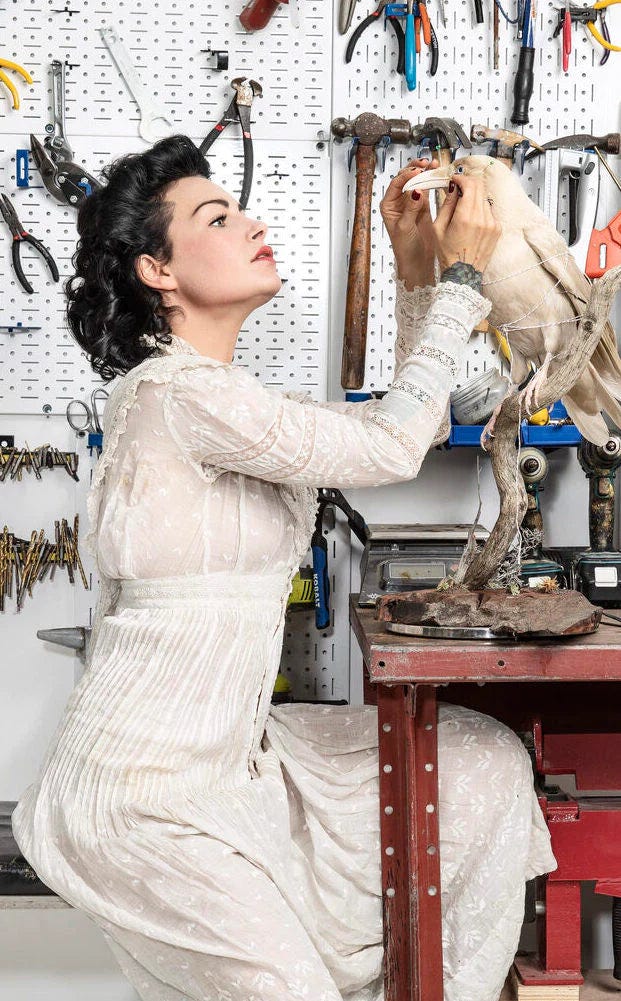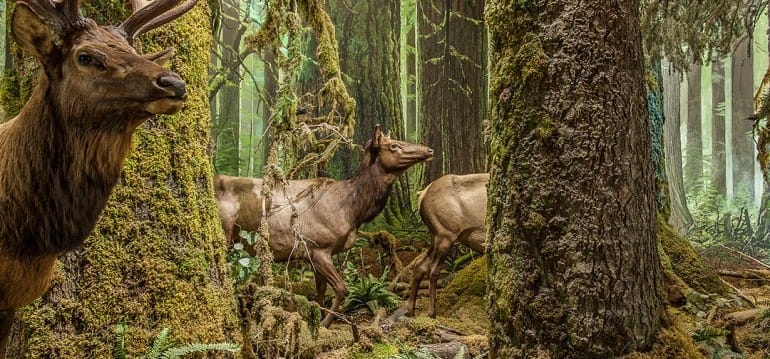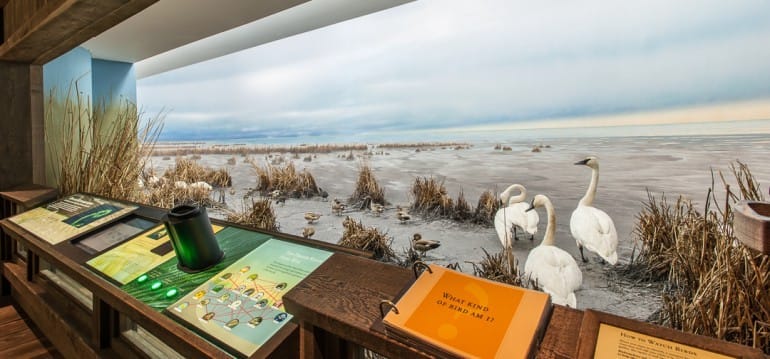“If in 20 years you don’t have a workshop full of dead things, I am going to be very surprised.” My husband jokes, “You’re definitely going to pick up taxidermy, it’s a slippery slope, babe!”
He’s mentioned this several times before in the last few months. I’ve laughed and waved him off each time with a mumble about being too squicked out to process a real dead animal that isn’t a butterfly, dragonfly, or small dehydrated frog. (Yeah, you can probably see where this is going).
Well, I realized I didn’t know all that much about taxidermy, so I decided to listen to the Ologies episode on it with Allis Markham.
I honestly wasn’t really prepared for exactly what would happen listening to the podcast. All of a sudden, someone was describing my life:
working in social media marketing (design), for corporate clients, and hating it “losing their marbles”,
loving natural history museums as a child and as an adult,
having a fascination with finding bones, feathers, etc. and building their own cabinet of curiosities, as a child, and again as an adult.
and so deciding to do a HARD career-pivot in what I assume was her mid-late 20s or early 30s.
As soon as the similarities started lining up, I was texting my dear friend Amy, “OH SHIT ITS ME…. fuck should I even continue listening…”, because all of it was hitting a little too close to home. Perhaps my husband had been right about me (wouldn’t be the first time).
Turns out, taxidermy is less “ick” than I thought, you do of course, deal with the dead animal, but it’s mostly a process of skinning it and tanning the hide, so none or minimal blood/guts. The rest is disposed of, for the most part. Birds are a bit trickier, and more involved, but I suppose one builds up to them.
The majority of the work of taxidermy is honouring the animal: building a clay mount and posing the animal as if real. So, art.The goal of any good taxidermist is to revere the animal in death as in life. The museum or nature conservancy side specializes in crafting mounts that are as scientifically accurate as possible, with care and detail spent to every aspect of the creature: how each feather lays, how the eyes are set, the exact pose of each limb or wing. The bulk of the work of a taxidermist is actually observing animals and learning about how they live and interact in order to replicate that in a way that is deeply authentic and respectful to the animal.
Allis Markham is an ethical taxidermist (she doesn’t work on anything that was killed for sport, so natural deaths or sometimes animals that were hunted for food). Which is an increasing standard in the world of taxidermy. An influx of young women into the field in the last few years has also helped to pushed the field to evolve past stuffy hunting trophies and become more widely respected as an art form.
Taxidermy is fundamentally a trade: there are schools but it’s not really something you get a degree in. Most folks learn by doing short apprenticeships and courses with expert taxidermists and practicing a lot. It’s not something that requires a lot of money to learn. It’s something anyone can learn at any time, if they had the desire to. If Allis Markham left the marketing/design world (working for Disney, no less), to do taxidermy, then I possibly could too.
The whole episode felt like a gut punch.
For the first time, I felt that there was a a viable career shift for me that was entirely separate from design and marketing.
It felt free.
And that scared me.
Its true: I’ve always loved the natural history galleries at the Royal British Columbia Museum. Walking among their open diorama designs, built in the 70s, have always instilled a sense of comfort and calm in me.
I’d never considered museum exhibition design as something done or contributed to by freelancers: but of course, it makes sense. Taxidermy isn’t an extremely popular job and most museums don’t employ a staff taxidermist for these exhibits. It’s not a far stretch to see how it’s something that’s easier to hire out during the design-build process. I had flirted with exhibition design as a job before through my museum work, but the amount of politics, personalities, and drama in the museum world wasn’t for me. I felt that chapter was closed as I had and have no strong interest in returning into the museum field directly.
As a child, my mom and I would collect shells, feathers, nests, dead bumblebees, a small dehydrated frog. They would be lovingly placed inside glass terrariums on soft patches of moss for display. My friends always thought my place was creepy. “The place full of dead things.”
After the podcast I found myself compulsively looking up all the information I could on taxidermy. I watched the Stuffed documentary, available for free on Tubi. I searched forums. I listened to and read more interviews with Allis Markham, my respect for her growing with each passing moment.
I learn that taxidermists usually have a “dormant” interest in it that expresses itself through the type of collecting I did as a child and that I do now as an adult.
Allis says on a podcast that the worst part of the job is the loneliness of working by yourself and having your close friends live in other countries. Hell, that’s already my life for the most part. I can do that.
On another, a former coworker asks Allis why she left, as she was such a skilled and talented marketer; there was no reason for her to leave. She laughs and says she just wasn’t enjoying her work anymore. I feel this in my core. In theory there’s no reason for me to leave design: I am talented and successful at it. When I confide that I don’t enjoy design work anymore, I’m frequently met with a barrage of well meaning, sweet compliments about how talented I am. But I am not trying to compliment fish. I’m aware I have skill, but design brings me no joy anymore and hasn’t for a while. If I’m honest with myself, the creeping tendrils of dissatisfaction were already beginning to set in during 2021: far before I got long covid.
Do I actually want to be a taxidermist? Is it somehow a job that meets all of my criteria of being covid-safe, a flexible work schedule, and something that’s creatively fulfilling that marries my love of art with my love of nature? Every other career path I’d considered came with significant downsides or unrealistic components of either schooling, time, money, or all three. Would taxidermy be the silver bullet I thought didn’t exist? Somewhere in my gut, I feel that this might actually be the path for me.
I ask my husband that if his prediction runs true, if he will be okay with that. He answers without pause, a small smile on his face. “Of course.”
It’s been about a month since I stumbled onto the Ologies podcast. Taxidermy has barely left my thoughts for more than a day and I’m still spending hours researching, reading, and watching videos. I’m not interesting in trophy work, I definitely would want to be “museum-trained” so to speak to prepare scientifically-accurate specimens for museums and educational programs. The idea of spending a lot of careful time observing how an animal moves, interacts with others, and lives in order to come up with an accurate but creative and unique mount seems very fulfilling. I love the idea of being able to preserve the natural world around us in these uncertain times. A balm to the sixth great extinction in some ways.
Also, it piques my curiosity because this would be the first career I would try that isn’t directly my passion. Before, museums and design were my passion so I went headfirst into museum design work and got burned out after 3 years. Design was still my passion, so I dove again into the deep-end of freelancing and starting my own business and after 7 am burned out again. But this time, my passion isn’t exactly the mounting of an animal. My passion is natural history, learning about animals, and art. My passions aren’t the work this time, but instead of are the prerequisite to being skilled at taxidermy.
It’s still a bit up in the air if I have the stomach to do the work, but I must remind myself that the skinning is not the bulk of the work: I think I could get used to it. There’s a local rat taxidermy workshop happening in February, and I’ll be giving it a try. Perhaps all my dreams will go up in smoke right then and there, but I feel I have to give it a fair shot and see how I do. Plus, it seems idyllic but there’s no way taxidermy will instantly bring in enough money to pay the bills. I’ll be keeping my design studio at least part time likely indefinitely even if this does end up being a path I persue.
If you’ve read this far and haven’t been disgusted, weirded out, or turned off and unsubscribed, well, thanks friend :)








You always have the best titles. I was saving last week’s article until I could give it proper attention.
You are also gradually building a Vancouver Island trip itinerary for me. Those displays look incredible. I had a cousin who planned to learn taxidermy, and I don’t know if you watch horror but Guillermo Del Toro’s Cabinet of Curiosities on Netflix had a great episode featuring a taxidermist. I am so interested to hear more about your workshop once you’re finished!
I LOVE this idea. Holy shit taxidermy sounds so cool! What a perfect path for a nature lover!
And I really relate to your feelings of burnout. I have been struggling with that a lot lately too. And you’re in BC as well!! That’s so great I didn’t even realize that! We’re so close!